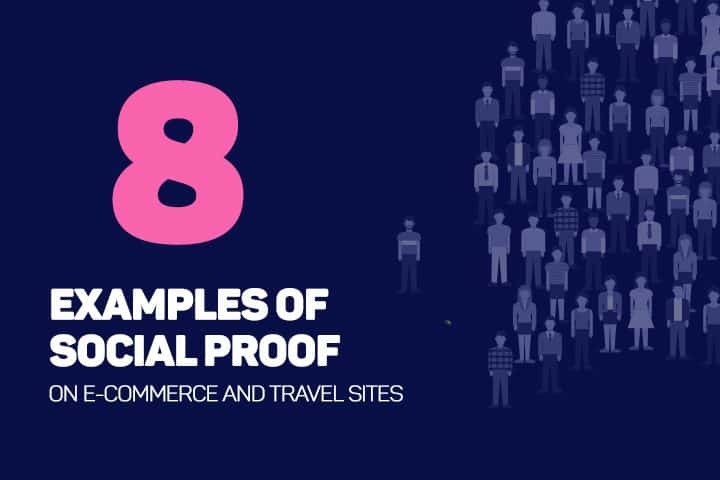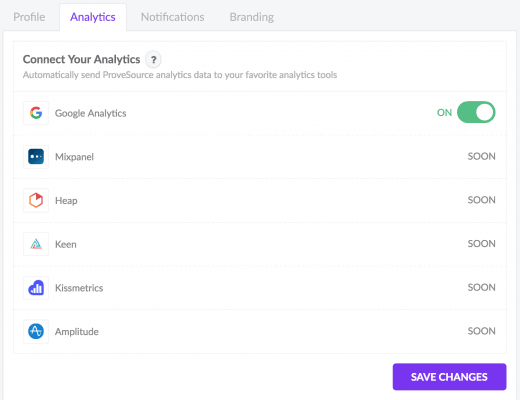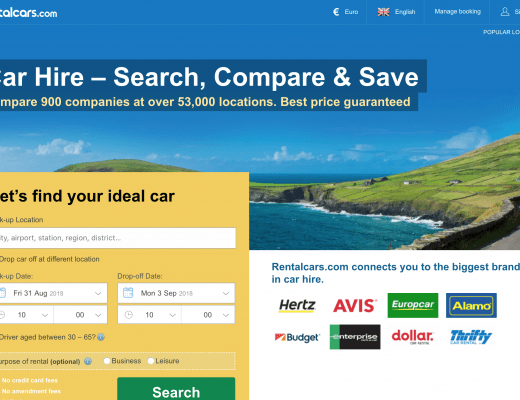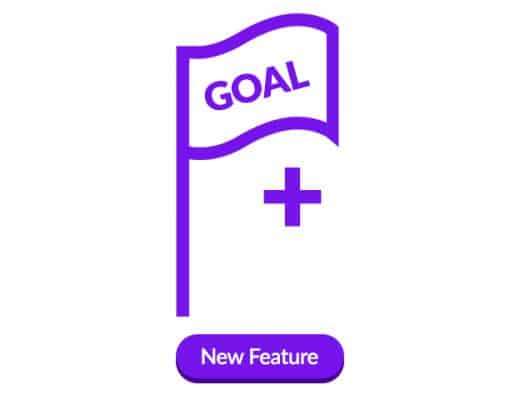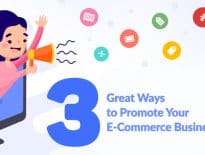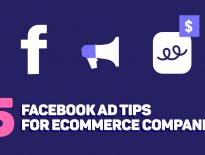How important is social proof for the e-commerce industry? Well, if you look at your own buying habits, you may find you’re one of the 86% of consumers that turn to online reviews to make purchasing decisions.
But it’s not just the online retailers that have to worry about what others are saying about their brand online. The travel industry is in the same boat.
Surely, you don’t want to rent a room in a hotel that’s been poorly reviewed. And neither does anyone else.
In the past, the only way to learn of the hotel experience was to go there yourself or get referrals from others you know.
Today, roughly 95% of travelers read reviews before completing a booking. And it’s like this around the world.
About 72% of British holidaymakers do their research on destinations online. And 56% of leisure travelers use the web for inspiration.
Plus, 63% of consumers are more inclined to purchase from a site that has ratings.
So as you can see, social proof is everything for these two industries. But how can you take advantage of it for your own e-commerce or travel business?
One way to learn is through the campaigns of other similar businesses.
Let’s take a look at some real-world examples of social proof at its finest.
1. Basecamp – Boasting User Base Numbers
You don’t always have to use online reviews to show your prowess as a brand. Another way is to showcase how many people are actively using your online product or service.
Basecamp does a great job of this right on their homepage. When you scroll down, it shows the visitor how they’re missing out.


First, it states a large number of businesses that just signed up last week – 4,160. Simply stating how many active users you have is alright, but showing how many people are still signing up in a given week is also enticing.
And while the numbers are impressive, what really helps seal the deal is the stats and reviews it displays. It shows what percentage of its user base is benefiting from its platform:
- 89% have a better handle on the business
- 84% report more self-sufficient teams
- 59% have fewer weekly meetings
So it’s boasting better productivity for its customers, which just so happens to be business owners and team managers, who are always looking to improve production rates.
2. Trip Advisor – Showcasing Ratings and Reviews
In the travel industry, consumers are looking to find the best deals. But the best deals don’t necessarily mean the lowest price.
They’re looking for the best quote on the highest rated hotels, restaurants, cruises, flights, and any other services they’ll use during their travels.
And that’s what makes Trip Advisor a popular choice for travellers.
As you browse through their available retreats, you’ll see a list of local hotels and venues you can scroll through beneath. And they all boast the rating and number of reviews for each.


Then the brand reaches out to each traveler that books through their site to see if they can leave a review about their stay.
This helps to fuel their social proof economy so it can help travellers feel confident in their bookings.
3. KISSmetrics – Boasting its Partnerships with Leading Companies
What better way to convince a business to use your services than to show them many big name companies already are? Companies trust B2B services that are known, trusted, and used by other reputable entities.


And that’s exactly the aim KISSmetrics takes when trying to prove to newcomers that their services are worthy. This company shows off by stating the number of companies that use its service – 900, followed by some of their logos.
What makes this effective is that it allows users to easily see the logos they’re familiar with.
When it comes to shopping for business services, you want to know that trusted entities are vouching for it.
4. ETIHAD Airways – Celebrity Endorsement
Now, this may seem a bit much, especially if you’re just starting out. But this isn’t too far out of reach, especially in today’s highly-social society.
While ETIHAD Airways took the high road and snagged Nicole Kidman for one of its promotional campaigns – you can do something a bit different.


You see, today’s celebrities aren’t on television, theater screens, radios, and commercials. They’re on social media.
Social media influencers are doing just that – influencing consumers’ perception of brands and their products or services. They even influence lifestyle choices.
One survey shows 30% of consumers are more likely to purchase a product a non-celebrity blogger recommends. And 70% of millennials prefer endorsements from these individuals.
This is likely because they can relate to them better than celebrities, and so they value their opinions more.
Getting in touch with influencers is a lot easier than getting a hold of a celebrity. And even if you could, having celebrities promoting your products or services wouldn’t provide the social proof today’s consumers are looking for.
5. Skinny Teatox – Showing Before and After Photos
If you have a product that promises certain results, then what better way to get people to buy than to show off these results? This is easily done in a number of e-commerce industries.
For instance, Skinny Teatox offers a weight loss product. But consumers today are highly skeptical of such products because there are thousands of them on the market today – some of which are gimmicks.


So showing proof that your products do work is key. And the best way to do so is by using before and after photos from real customers. This is exactly what Skinny Teatox does.
But the same can be done in other fields as well. For example, a digital marketing company can show the before and after results of a site’s traffic and sales.
6. 24 North Hotel – Using Scarcity to Promote Sales
When you’re planning a vacation or business trip, you want to nail the best deal every time. But this becomes difficult when you’re competing for a limited number of room or seats.
And this is exactly what makes 24 North Hotel’s strategy ingenious. It plays on the consumers’ FOMO (fear of missing out) and encourages them to act quickly.
How?
By showing how many people booked at their hotel recently. In this example, there were 69 bookings in the last two days.


And it goes a step further by showing how their room rates are better than top competitors like Hotwire.com and Priceline.com so visitors are less likely to venture off to look elsewhere.
Another similar tactic you’ll find hotels using is showing how many people are looking at a particular room at that moment. This is a tactic frequently used in e-commerce as well.
7. eBay – Creating a Sense of Urgency
Speaking of e-commerce, eBay is a great example of how the scarcity tactic is being used to sell products.
Sellers are able to use features to show shoppers how many items are left, how many people are watching an item and how many times an item was viewed that day.


In this listing, the seller shows that there were 7,055 (more than 93%) of that item sold and a limited quantity are available. Then at the top, it shows 2,101 people view that item daily.
Some sellers can choose to show the exact number of items left, but by simply saying limited quantity leaves the consumer guessing. And this creates a worry that they’re almost all sold out.
So it creates a sense of urgency.
8. Airbnb – Promoting Real Travel Experiences
Here’s the future of the travel industry – renting the homes of property owners for vacations. Airbnb is a popular site travellers go to to find their next destination spot.
One way the site promotes bookings is with its “Experiences” section, which takes visitors to a page where they can find top-rated and spotlight experiences.


In the top-rated section, you’ll find experiences that are rated highly by other members. For example, a day trip in Lisbon or a spa visit to Desert Hot Springs.
Then the spotlight section features popular experiences. And they even go as far as to show how many others have shared the experience.
For example, Surfing Experiences were experienced by over 100 members.
This form of social proof combines a rating system and showcasing how many people have done the same thing. This helps to show which experiences are popular and recommended.
And it transforms the traveler’s way of shopping. Instead of looking for destinations, they’re looking for a certain type of experience.
Building Social Proof for Your Business
Whether you’re in the e-commerce or travel business, using social proof can greatly benefit you (and your customers). It’s always good to know how your customers feel about your product or service.
This way, you can work on making improvements or shifting your focus to the things they enjoy most. Plus, it helps other customers to feel more confident about purchasing or booking with your organization.
Hopefully, these examples demonstrate how other businesses are doing just that. So give it a shot and let us know in the comments how you’re using social proof to build trust for your brand!

